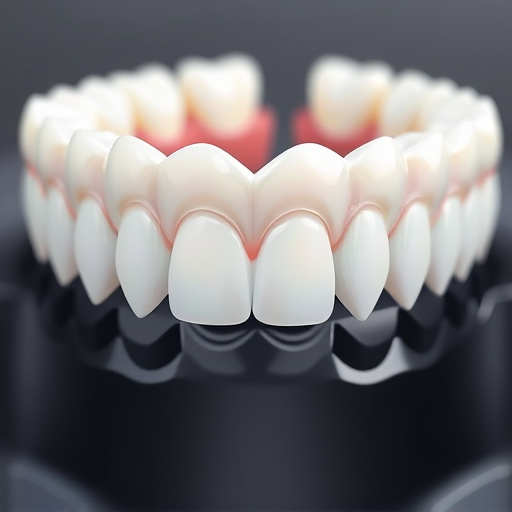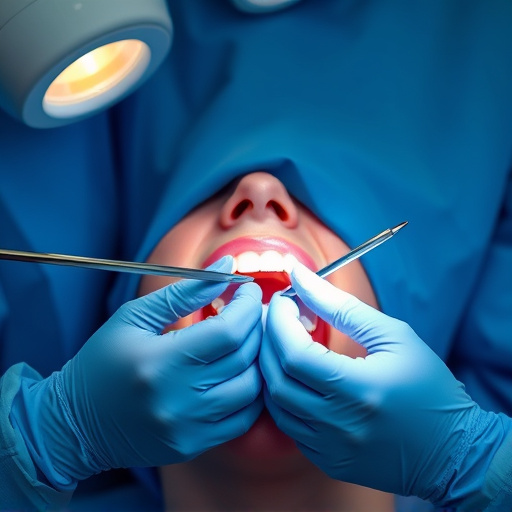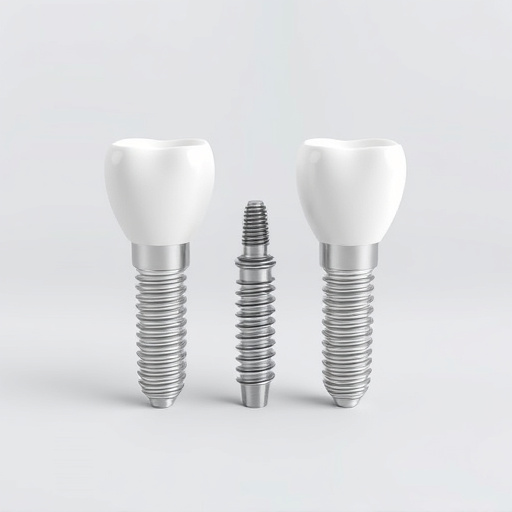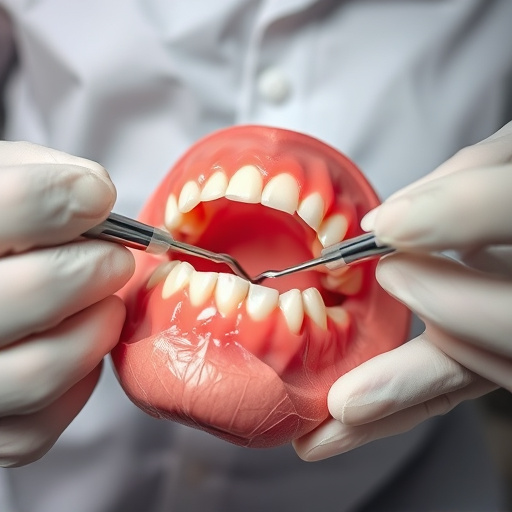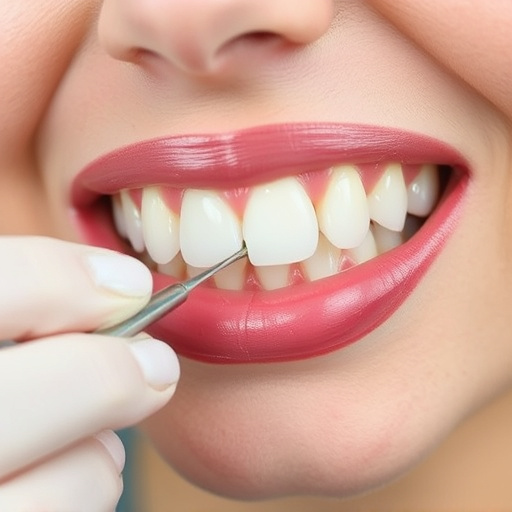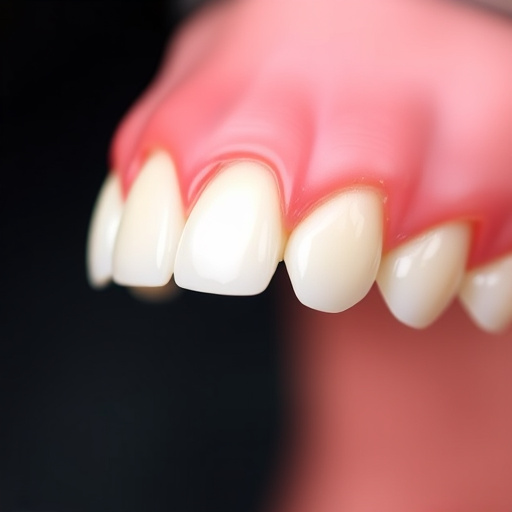3D dental imaging transforms dentistry with detailed, 3D views of oral structures, enabling accurate diagnoses and enhanced treatment planning for improved patient outcomes, particularly in restorative and pediatric care, by streamlining diagnostic processes and increasing efficiency.
“Discover the future of dental care with 3D dental imaging and in-office scanning. This innovative technology is transforming oral health practices by offering detailed, patient-centric insights. By eliminating the need for uncomfortable or time-consuming processes, in-office scanning provides accurate, three-dimensional images, enhancing diagnosis and treatment planning. Uncover how advanced 3D imaging empowers dentists to deliver more precise, effective care in this comprehensive guide.”
- Unlocking Dental Insights: Advanced Technology
- In-Office Scanning: A Patient-Centric Approach
- Enhancing Diagnosis and Treatment Planning
Unlocking Dental Insights: Advanced Technology
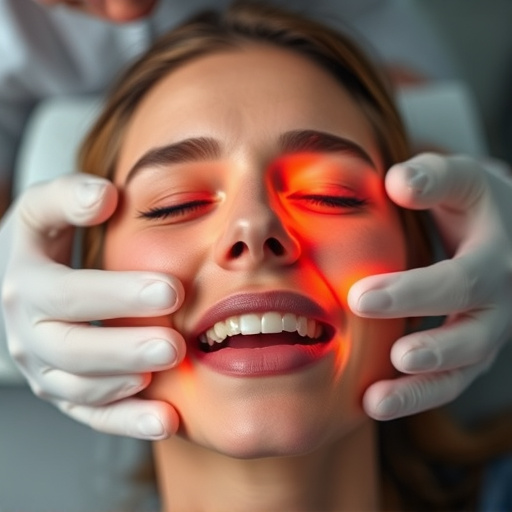
The future of dentistry is here with the advent of advanced technologies like 3D dental imaging, revolutionizing the way dental professionals practice. This innovative approach offers a comprehensive view of oral structures, unlocking valuable insights that were previously inaccessible. By capturing detailed three-dimensional images, dentists can now assess tooth and gum health, identify subtle anomalies, and plan treatments with unprecedented precision.
With 3D dental imaging, procedures like dental implants, crowns, and even children’s dentistry benefit immensely. It enables dentists to visualize the entire oral cavity, ensuring better diagnosis and treatment outcomes. This technology not only streamlines the patient experience but also promotes more effective long-term care, making it a game-changer in modern dentistry.
In-Office Scanning: A Patient-Centric Approach

In-office scanning for 3D dental imaging represents a patient-centric approach that is transforming the way dental care is delivered. This innovative technology allows dentists to capture detailed, three-dimensional models of teeth and gums in a single visit, eliminating the need for uncomfortable or temporary impressions. The result is not only a more comfortable experience for patients but also enhanced accuracy and efficiency in diagnostic and treatment planning.
This method is particularly beneficial for both restorative dentistry and children’s dentistry. For example, during a routine dental cleaning, 3D imaging can help identify hidden cavities or early signs of tooth decay, enabling prompt and targeted interventions. By integrating this advanced technology into everyday practice, dentists can provide personalized care that addresses patient concerns with greater speed and precision, ultimately contributing to improved oral health outcomes.
Enhancing Diagnosis and Treatment Planning

The advent of 3D dental imaging has revolutionized both diagnosis and treatment planning in modern dentistry. This advanced technology allows dentists to capture detailed, three-dimensional views of a patient’s oral cavity, providing a comprehensive and accurate representation that traditional two-dimensional X-rays simply cannot match. With 3D imaging, dentists can more easily identify subtle structural abnormalities, early signs of decay, or even detect potential issues within the gum line and jawbone.
This enhanced diagnostic capability translates directly into improved treatment outcomes, especially in specialized areas such as children’s dentistry, where precise planning is crucial. For instance, when considering dental implants, 3D imaging can help determine bone density and structure, ensuring a successful and comfortable procedure. Moreover, this technology enables dentists to discuss treatment options with patients in a more understandable manner, fostering trust and empowering individuals to take an active role in their oral health.
3D dental imaging with in-office scanning is transforming dental care by providing precise, patient-centric insights. By unlocking detailed oral structures, this advanced technology enhances diagnosis and treatment planning, ensuring more effective and comfortable dental procedures. Embracing this innovative approach allows dentists to offer superior care, built on a solid foundation of accurate data, ultimately improving patient outcomes and satisfaction.









